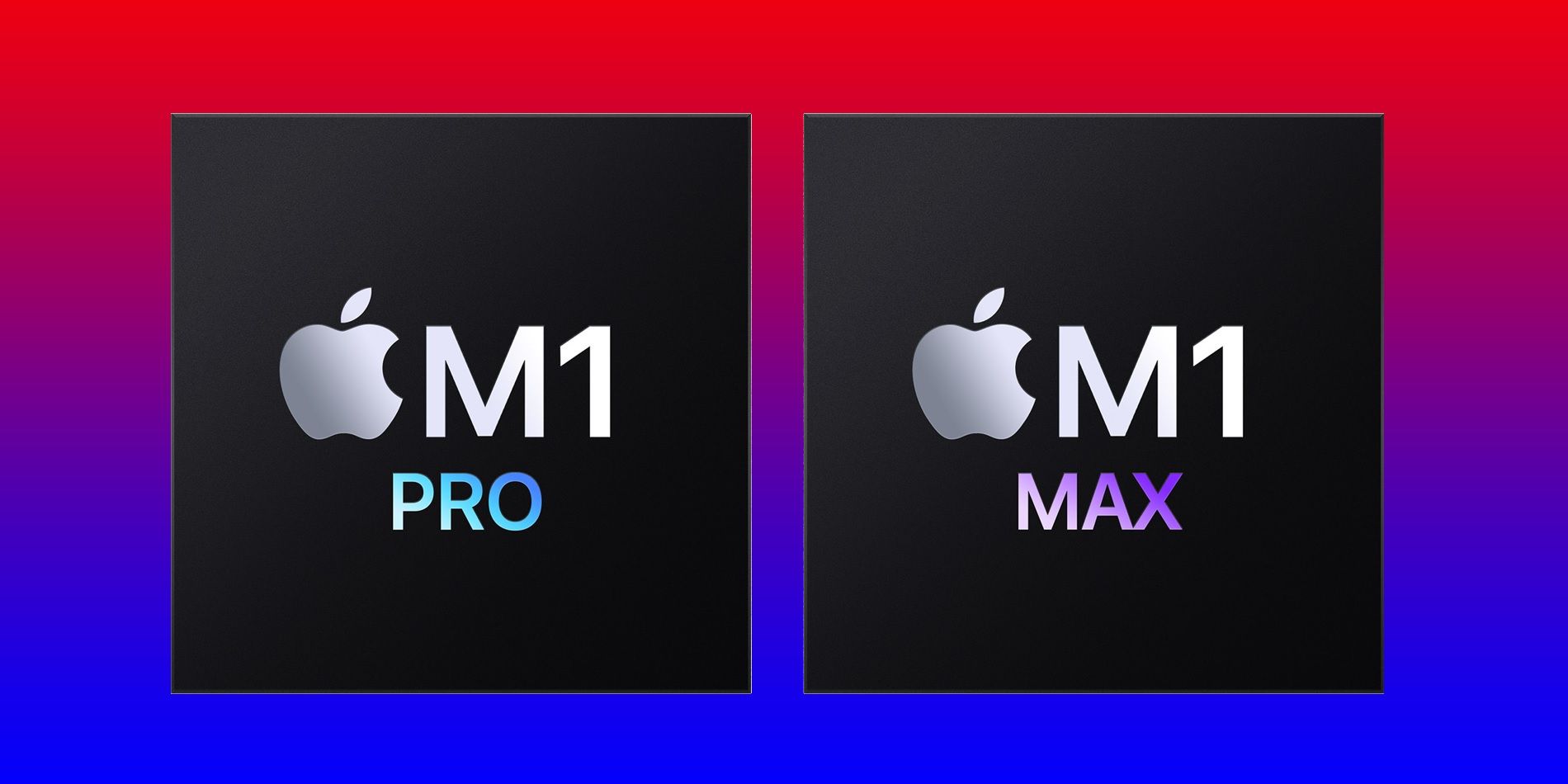The first wave of MacBook Pro (2021) reviews are starting to come through, and based on early performance tests, the new M1 Pro and Max chips appear to be pushing Apple’s new Pro laptops into an altogether different league that's way ahead of what rival Intel and AMD machines can achieve. To recall, Apple introduced two new in-house M1 Pro and M1 Max chips earlier this month and they are powering the refreshed 14-inch and 16-inch MacBook Pro models.
Both the SoCs come equipped with 10 CPU cores, which include eight Firestorm performance cores and two Icestorm efficiency cores. In comparison, the M1 had an octa-core configuration which includes four Firestorm performance cores and an equal number of Icestorm efficiency cores. However, a key distinction between the three chipsets is the number of GPU cores. The M1 came equipped with up to eight GPU cores, the M1 Pro doubles that number to 16, while the M1 Max packs 32 GPU cores to handle demanding tasks. It appears that the improvements have paid off for Apple.
Anandtech ran a handful of synthetic benchmark tests pitting the Apple M1 Pro and M1 Max chips inside the new MacBook Pro against laptops powered by Intel’s flagship Core i9-11980HK and AMD Ryzen 9 (5980HS) processors. In multi-core performance tests, both the Apple chips outperformed the Intel and AMD chips in synthetic workload simulations. While the M1 Pro proved to be a mixed bag against Intel and AMD’s best, the M1 Max reigned supreme over the competition, achieving 5x better scores in some scenarios. In certain compute-intensive workloads formulated by Standard Performance Evaluation Corporation (SPEC), the M1 Max is said to be in a class of its own and even outperforms desktop chips such as Intel Core i9-11900K and AMD’s Ryzen 9-5800X. Such is the performance status of Apple’s new chips that the M1 Max is found to even outpace the enthusiast-class 16-core AMD Ryzen 9-5950X chip on the floating-point performance testing component of the SPEC benchmark.
All That Power Comes At A Price
On the graphics side of things, the M1 Pro and Max present themselves as the most powerful options out there for chips with an integrated GPU, far ahead of what Intel can offer. Coming to graphics-intensive synthetic benchmark tests, the M1 Max inside the 16-inch MacBook Pro is just shy of the score achieved by the Nvidia GeForce RTX 3080 inside an MSI laptop (309.3 vs 315.0) on the GFXBench 5.0 Aztec Ruins test running at 1440p resolution in offscreen mode. The M1 Pro, with half the number of GPU cores, scored a victory over Nvidia’s GeForce RTX 3060 mobile graphics card. The latter is Nvidia’s entry-level offering in the RTX 3000 series, but it is available as a discrete GPU, which makes the M1 Pro’s victory as an integrated GPU even more impressive.
In Handbrake v1.4 test for rendering a 12-minute 4K file performed by PCMag, the new MacBook Pro models achieved the task in just five minutes, while machines like the Alienware X17 (Intel Core i7-11800H and Nvidia GeForce RTX 3080) and Lenovo Legion 7i (Intel Core i9-11980HK and Nvidia GeForce RTX 3080) took second spot with six minutes. On Geekbench multi-core and Blender tests, the M1 Max and M1 Pro continued to outshine their comparable Intel and AMD rivals. Overall, Apple’s new M1-series processors appear to be capable of handling every demanding task thrown at them with ease, but all that raw firepower comes at a steep cost. The 14-inch model with an M1 Pro starts at a cool $1,999 in the US, while the 16-inch MacBook Pro will set buyers back by at least $2,499.


